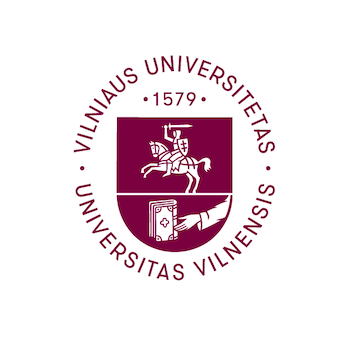During a surgery, while performing resection of an organ or a tissue, which was
affected by tumor, a priori information is needed on the exact boundary between
tumor and healthy tissue. This knowledge is crucial, in order to remove precise
amount of affected tissue to stop tumor from spreading, while doing the least harm
to the healthy tissue. Visually this boundary is often difficult to identify. Often used
biopsy or histological method of frozen cuts takes time, requires special preparation
of samples, depends on a subjective assessment of a physician-pathologist.
The present technology is based on the spectral analysis of extracellular fluid. Due
to different cell growth speed, chemical composition and infrared absorption
spectra of extracellular fluid of normal and tumor tissues is very different. Therefore,
relative intensities of spectral bands are reliable markers of tumor tissues.
A fiber optic probe is used to record the spectrum. The probe has an attenuated
total reflection (ATR) prism on its tip and is connected to radiation-generating optics
by at least one incoming signal and one outgoing signal optical fiber, and is also
connected to standard infrared absorption spectrometer. At first, a background
spectrum without a sample is recorded. Then a sample is applied on ATR prism
and is dried by dry air. After that the absorption spectrum in the spectral region of
4000-600 cm-1 is recorded. Spectral analysis is performed in a specifically narrow
spectral region of 1200-100 cm-1. Then a sample can be assessed by visually
comparing spectra of extracellular fluid of healthy tissue and tissue under
investigation, or by using software for comparative analysis.
No special preparation of samples is needed.
Analysis can be done directly during a surgical intervention (in vivo).
Fast results: from 20 seconds to a few minutes.
The device operator does not need any special knowledge to perform analysis.
The differences in infrared absorption spectra enable to distinguish cancerous and
healthy tissues of different organs. However, for more reliable results, application
of complex statistical data processing techniques is needed. Therefore, currently this method is not suitable for fast identification of cancerous tissue areas during surgeries.
The present method of fast spectral analysis of cancerous tissues can be used in various applications:
Surgeries;
Pathology research;
Clinical research;
Scientific research.







